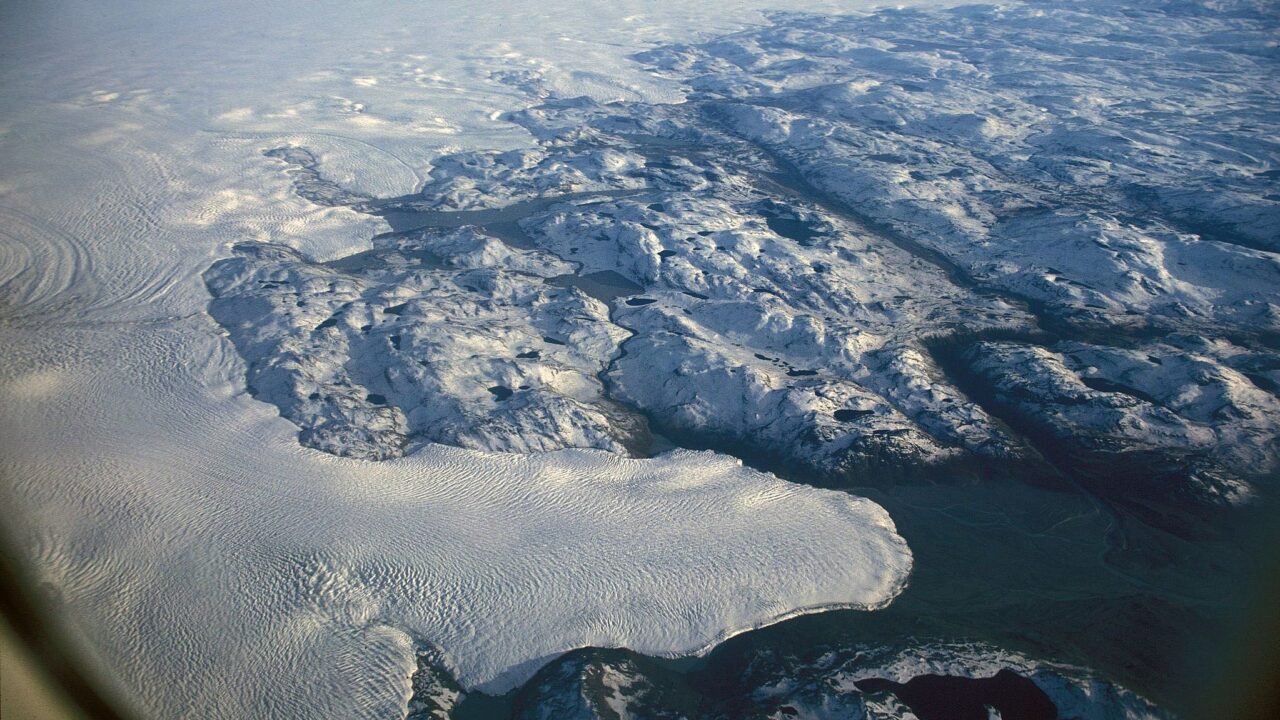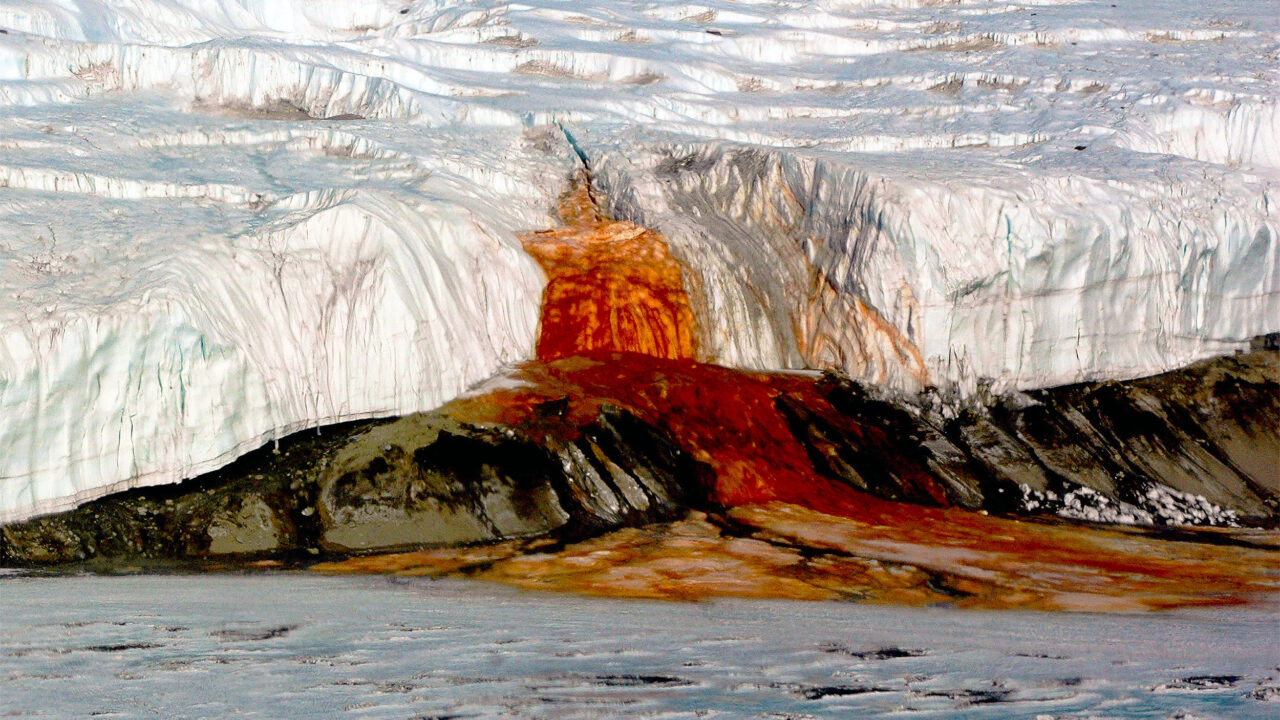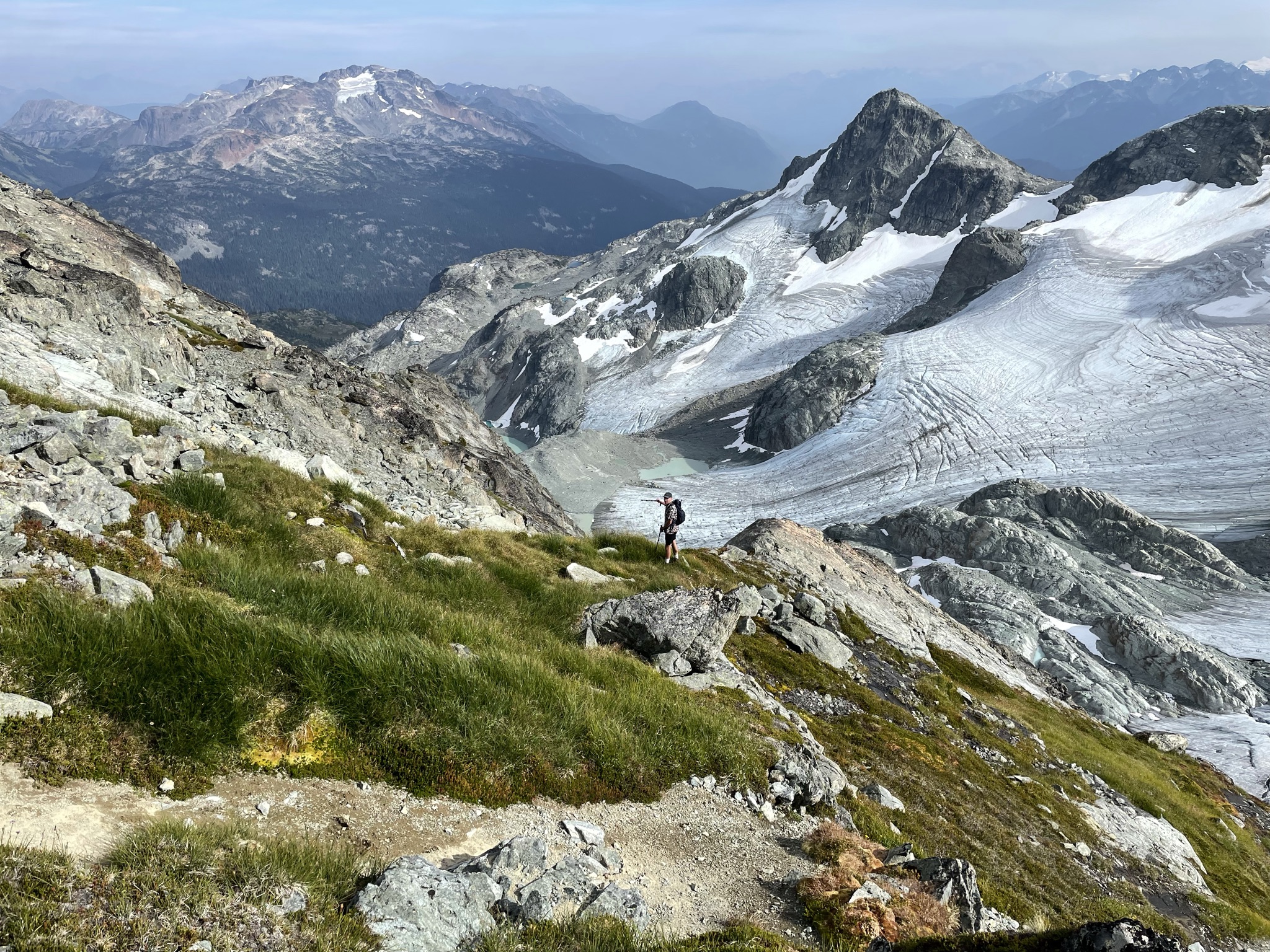Canada is home to some of the world’s most breathtaking natural landscapes, from towering glaciers to crystal lakes. Among its many wonders lies an extraordinary formation known as the Face-Shaped Mountain, a natural rock structure that astonishingly resembles a human face carved into stone. This uncanny geological feature has become a favorite subject for photographers, hikers, and travelers searching for Canada’s hidden gems.
What Is the Face-Shaped Mountain?
The Face-Shaped Mountain, sometimes referred to as the Sleeping Giant or Stone Face, is a striking rock formation that appears to show the profile of a human face complete with forehead, nose, and chin. Although Canada features several “face-like” mountain formations, the most famous examples are found in:
- Banff National Park, Alberta
- Cape Breton Highlands, Nova Scotia
- Sleeping Giant Provincial Park, Ontario
Each formation has its own unique appearance, but all share the same mesmerizing illusion of a giant face resting in the landscape.

How the Face-Shaped Mountain Formed
These formations are the result of millions of years of erosion, glacial activity, and weathering. As wind, snow, ice, and rain sculpted the mountain surfaces, sharp ridges were smoothed into rounded contours. Over time, these natural processes created silhouettes that remarkably resemble human facial features.
This phenomenon is known as pareidolia, where the human brain recognizes familiar shapes, especially faces, in natural objects.
Top Face-Shaped Mountain Destinations in Canada
1. Sleeping Giant, Ontario
One of the most iconic face-shaped formations is the Sleeping Giant near Thunder Bay. The rocky peninsula looks like a massive person lying on its back.
Highlights:
- Located in Sleeping Giant Provincial Park
- Popular hiking trails and scenic lookouts
- Rich Ojibwe legends connected to the giant formation
2. The Profile in Banff National Park
In Alberta’s world-famous Banff National Park, visitors can spot a natural rock profile on certain mountainsides that resembles a giant head turned to the sky.
Highlights:
- Perfect for photography
- Visible from popular viewpoints around Banff
- Surrounded by the dramatic peaks of the Rockies
3. Face of Cape Breton, Nova Scotia
Along the rugged coast of Cape Breton Island, a seaside cliff forms a striking face shape visible from certain angles.
Highlights:
- Scenic coastal views
- Great stop along the Cabot Trail
- Ideal for road trips and nature photography
Why Visit Canada’s Face-Shaped Mountain?
1. Incredible Photo Opportunities
These formations offer some of the most unique landscape shots in Canada, especially at sunrise or sunset.
2. Easy Access for Travelers
Many of the face-themed formations are accessible from well-known parks and viewpoints, making them great additions to travel itineraries.
3. Great for Nature and Geology Lovers
Visitors can learn about glacial erosion, rock composition, and geomorphology while experiencing some of Canada’s most beautiful scenery.
4. Rich Indigenous Stories and Local Legends
Some face-shaped mountains are tied to Indigenous folklore, adding cultural depth to the experience.
Conclusion
Canada’s Face-Shaped Mountain formations are unforgettable natural wonders that blend geology, art, and mythology into a single breathtaking sight. Whether you are exploring the Rocky Mountains, hiking along Lake Superior, or driving the Cabot Trail, these face-like formations offer a unique reminder of nature’s ability to sculpt beauty in the most unexpected places.





